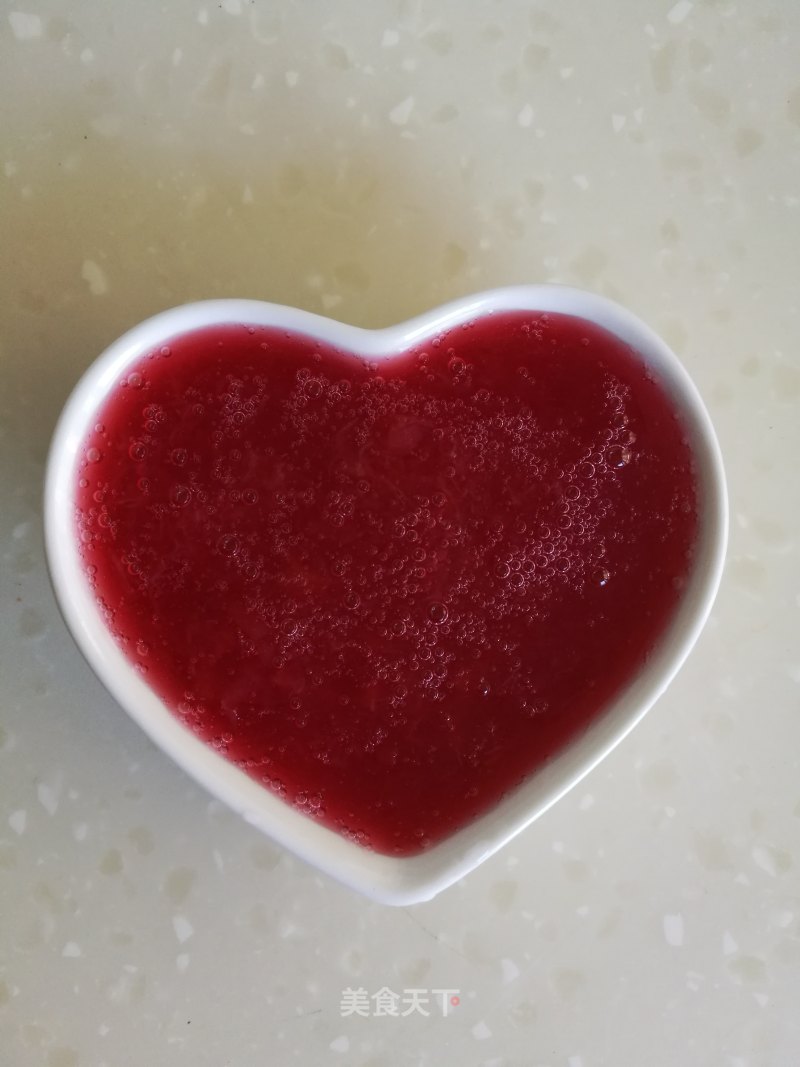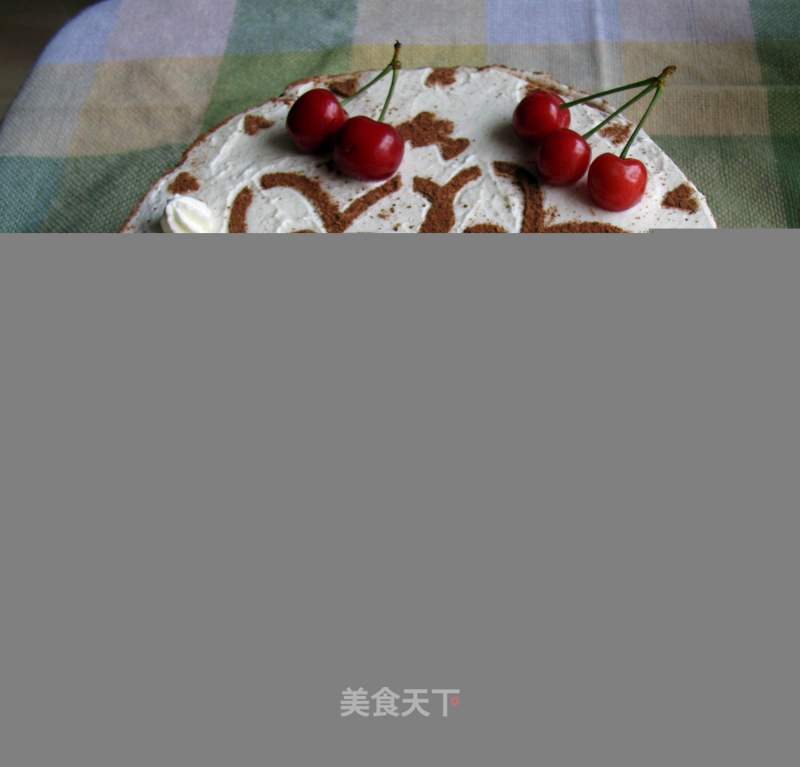Sweetened Cherries and Cherry Jam
1.
Prepare the container: Put the bottles and jars (preferably heat-resistant glass containers) and their lids on the steamer after SAIC, and use the steam to "empty" for 5 to 8 minutes, then turn off the heat;
2.
When the bottles are not hot, immediately take them out and stand at attention, and let them dry naturally;
3.
Processing cherries: Wash the cherries and soak them in light salt water for 10 minutes;
4.
Remove and drain the water;
5.
Use a chopstick against the pedicle of the cherry (square-headed chopsticks are best, pointed-head chopsticks are not easy to use);
6.
Slowly, gently and evenly push forward, the cherry pits come out from the top. (This step is the most troublesome, be patient)
7.
Lemon juice
8.
Put the cherries into the pot, add the lemon juice and mix well;
9.
Add rock sugar and mix well;
10.
Add appropriate amount of water, not too much, just a little bit before the cherries; simmer on medium heat;
11.
Whisk to remove the foam while boiling; cook until the water boils and all the rock sugar melts, turn off the heat.
12.
Choose half of the cherries with intact fruit shape and the syrup of boiled cherries, bottle them while they are hot, tighten the cap, and let cool. It is syruped cherries.
13.
The remaining cherries and soup in the pot, use a cooking machine to puree; (I use a hand-held, no ordinary cooking machine, and then pour it back into the pot)
14.
Turn on a low heat, add 2 tablespoons of maltose syrup, and simmer slowly;
15.
Stir gently while cooking to prevent the bottom of the pot from being muddy;
16.
Use a clean cold plate to try the concentration: drip a ball of jam, draw a groove with your fingers, it will not gather, it is just the concentration;
17.
Turn off the heat, fill the bottle while it is hot, and tighten the cap;
18.
Immediately buckle upside down and let cool.

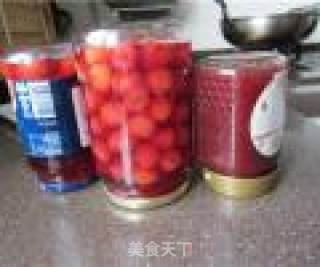
Tips:
1. Be sure to put lemon juice. Lemon juice is not only a natural preservative, but also a natural antioxidant; it not only prolongs the shelf life of cans and jams, but also makes the finished products more colorful.
2. You can reduce the amount of sugar a little, but you should know-a lot of sugar can not only make cans and jams taste better, but also extend the shelf life.
3. It is best to fill in a small container, open bottle by bottle when eating, and eat quickly after opening, avoid repeated opening of the bottle, which affects the shelf life.
4. Why do you want to bottle it while it is hot, and immediately reverse it? High temperature can further kill the bacteria in the bottle; the reverse button can achieve the effect of vacuum packaging. The bottle cap is recessed, and you will hear a "pop" when you open it. This not only extends the shelf life, but also serves as a criterion for judging whether it has deteriorated. , As the finished product bought, the instructions have "don't eat the bottle cap raised".
5. Do not use iron pots for jam, but use corrosion-resistant copper pots, stainless steel pots or heat-resistant glass pots.

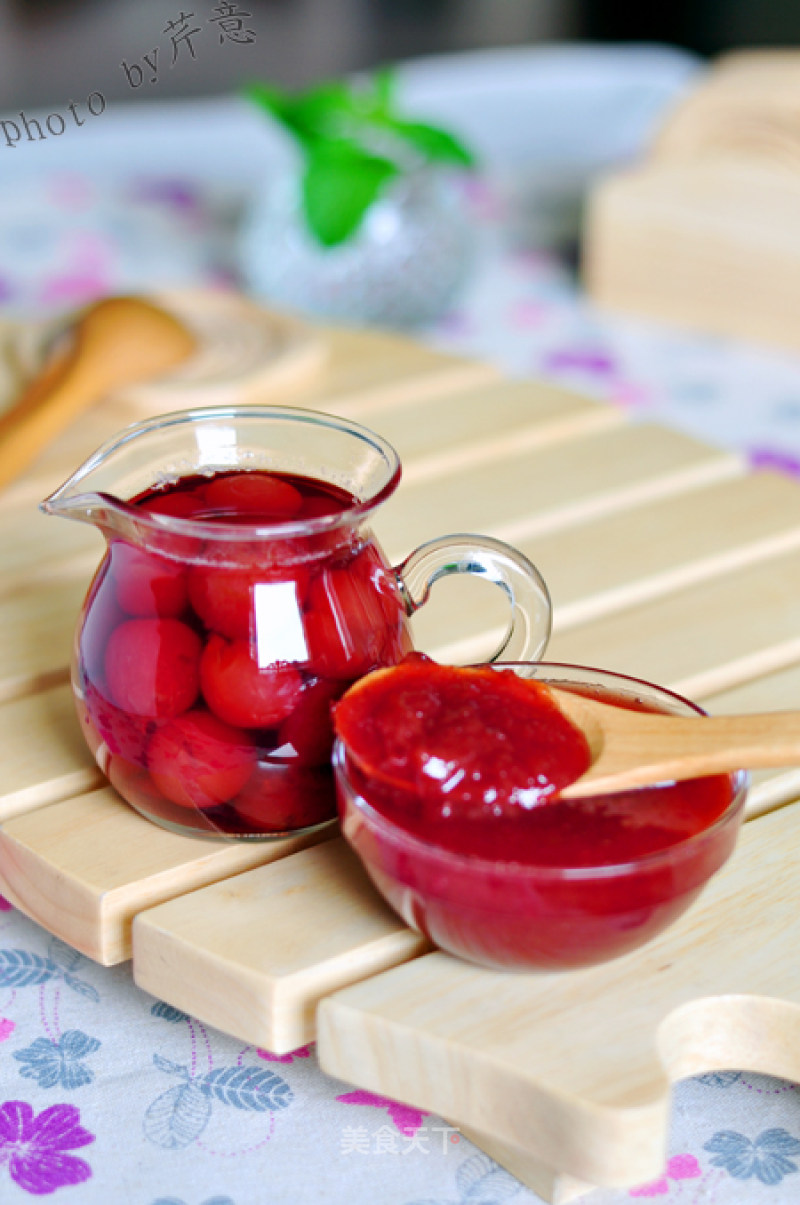
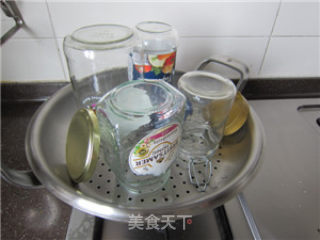
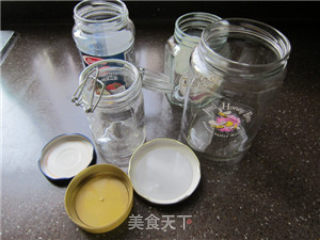
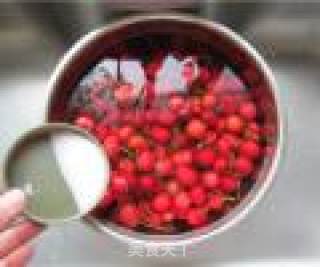
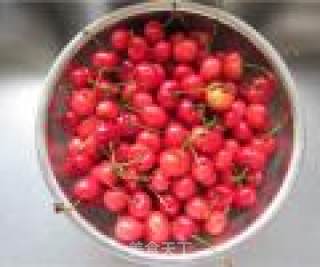
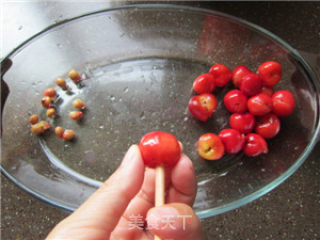
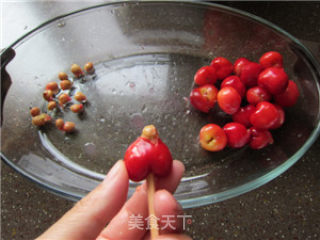
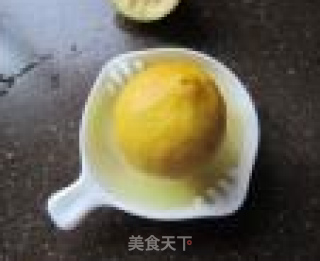
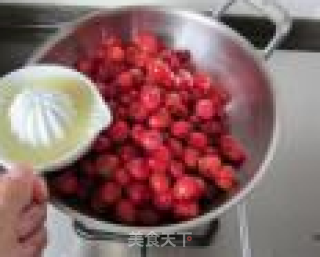
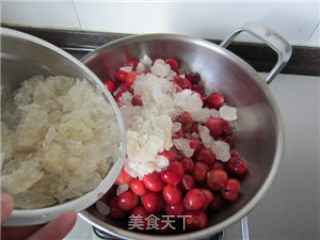
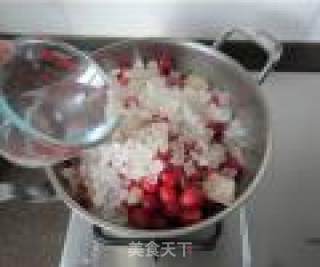
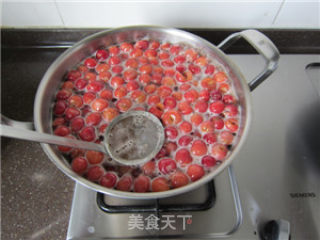
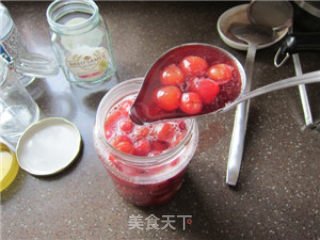
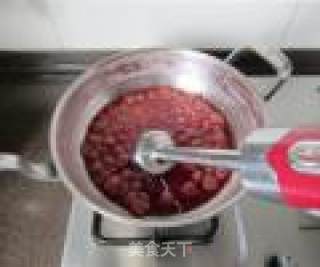


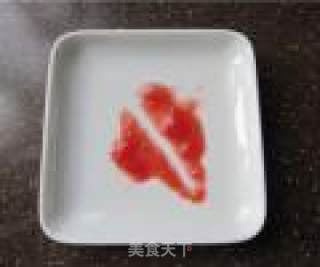
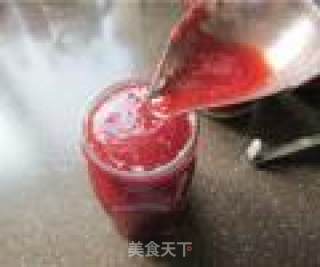

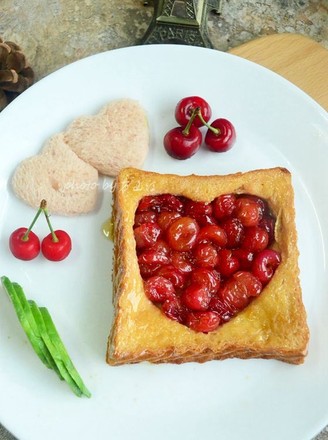
![[fujian Cuisine]—tai Chi Taro Paste recipe](https://img.simplechinesefood.com/06/06a9647904c59807df0c6c2430896515.jpg)
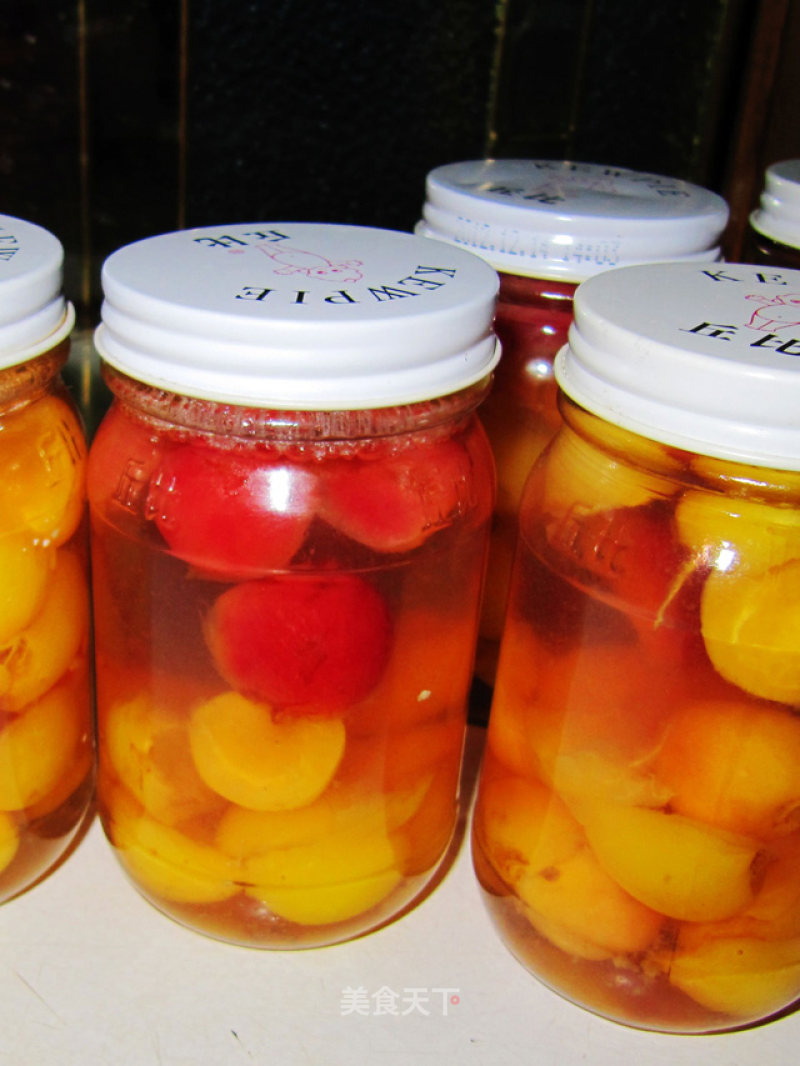

![[lu Cuisine]-whole Fish for Two recipe](https://img.simplechinesefood.com/1c/1c78a8ecda37a527c87427ecb826a4f8.jpg)
